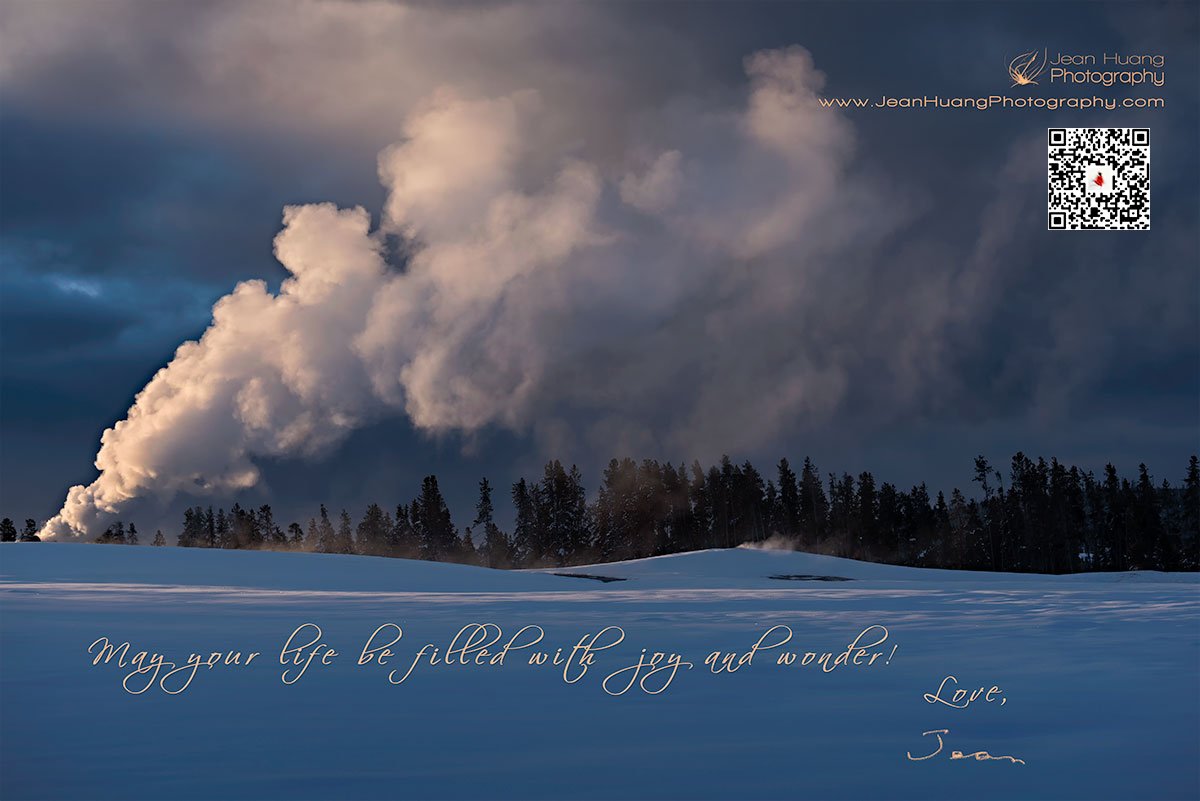I was nervous the day that we left Buenos Aires for Ushuaia. It was the day that we were leaving behind everything that we've been brought up on and lived with. Once boarding the ship on our voyage of the Antarctica, we'd be, pretty much, fending for ourselves in the mass bodies of ocean.
Despite the area being the habitat of The Selk’nam Indians, the Yaghan (also known as Yámana), since 10,000 years ago, the city is so remote that it was once occupied by two prisons and was built by the prisoners.
The nerve was somewhat quenched by a cruise in the Beagle Channel before bidding good-bye to the city that's long been regarded as being the southernmost city in the world. Little did I know at the time that it was the beginning of a wildlife paradise that I was about to enter. As some puts it, Ushuaia is at the end of the world, and yet the beginning of everything.
Stay tuned for more stories. In the meantime, please feel free to visit our ever-growing image galleries, including that of Argentina.





















